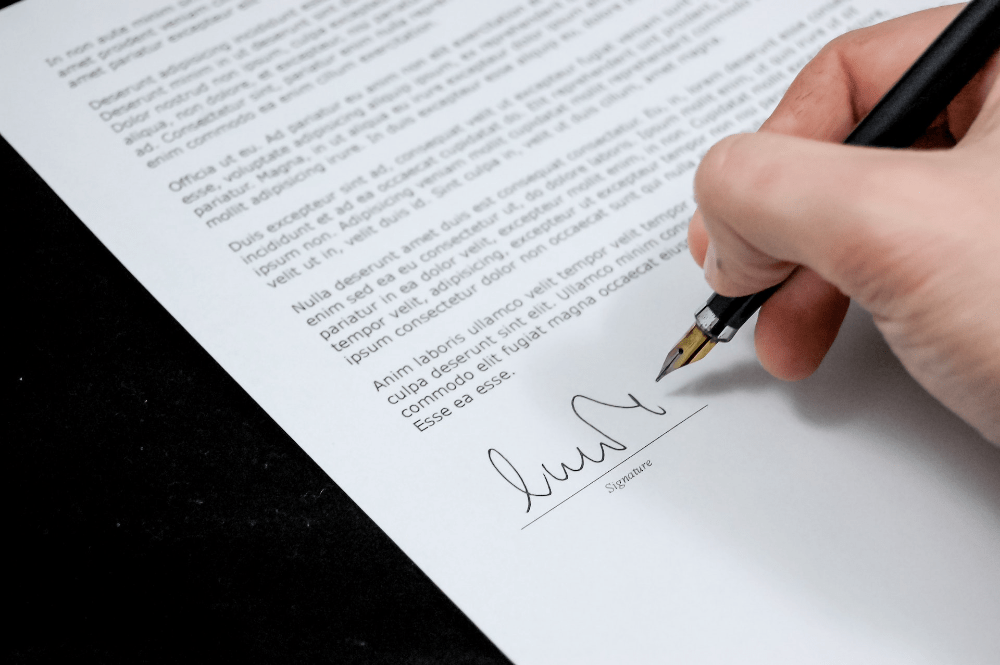Ways to Build a Perfect Report
A report is a summary of an event or activity, aimed at giving brief details to the reader. If you have no idea about a certain event, project, or concept, you would get it in a report. However, it sounds simple yet most people find it hard to write a good report. This article aims to give you great points on how to go about report documentation. Here is what your report must capture.
– All the major details about the subject matter.
– The effect and/or consequences of the ongoing event/activity.
– Statistical data relating to the subject.
– Clear interpretation of the statistics.
– Recommendations on what should/ should not be done based on the information available.
Once the above details are present in a report, it makes the readers to easily comprehend the details and act on them accordingly. Reports, unlike articles, rely only on facts and the writer should avoid adding their opinions and views. However, in the conclusion, you can state your understanding on the facts.
Moreover, there’s chronological order of items in a report, complimented with a table of contents. In this way, the reader can scan through the document to specific topics that they are interested in. For this reason, reports should be done after thoroughly researching on the subject and with full knowledge of what needs to be included. The following are the tips of writing a great report.
1. Choose a title depending on the subject you are writing about
The title of the report is a critical item because it gives the reader an idea of what to expect in the report. Also, it is based on the title that the reader decides whether they are interested to read the report or move on to another one. The title of your report must be simple, accurate, and concise. In some instances, a title will be provided to you.
2. Research on the subject
If you’re working on a business or scientific report, sources of material may be provided to you for your research. However, academic reports require you to look for information on yourself from different sources such as books, articles, testimonials, etc. Make sure you have as many details about the subject as possible.
3. Thesis/Concept Statement
This briefly describes all the aspects covered by the report and the expected results. It should be included in the introduction as well as in the executive summary.
4. Make an outline and do a rough draft
The outline helps you stay on course and not deviate from the topic. A rough draft captures all the issues but could have some mistakes and errors.
5. Editing and revision
Check for major errors and mistakes that you may have ignored initially. This includes rearranging some sentences, as well as entirely removing others.

6. Proofreading and submission
Once you are done with editing and revision, you can go through the whole report word by word checking for any grammatical errors and correcting them. Once you are satisfied, you can submit the report.




